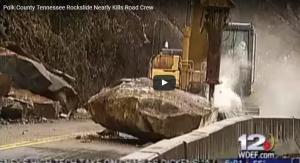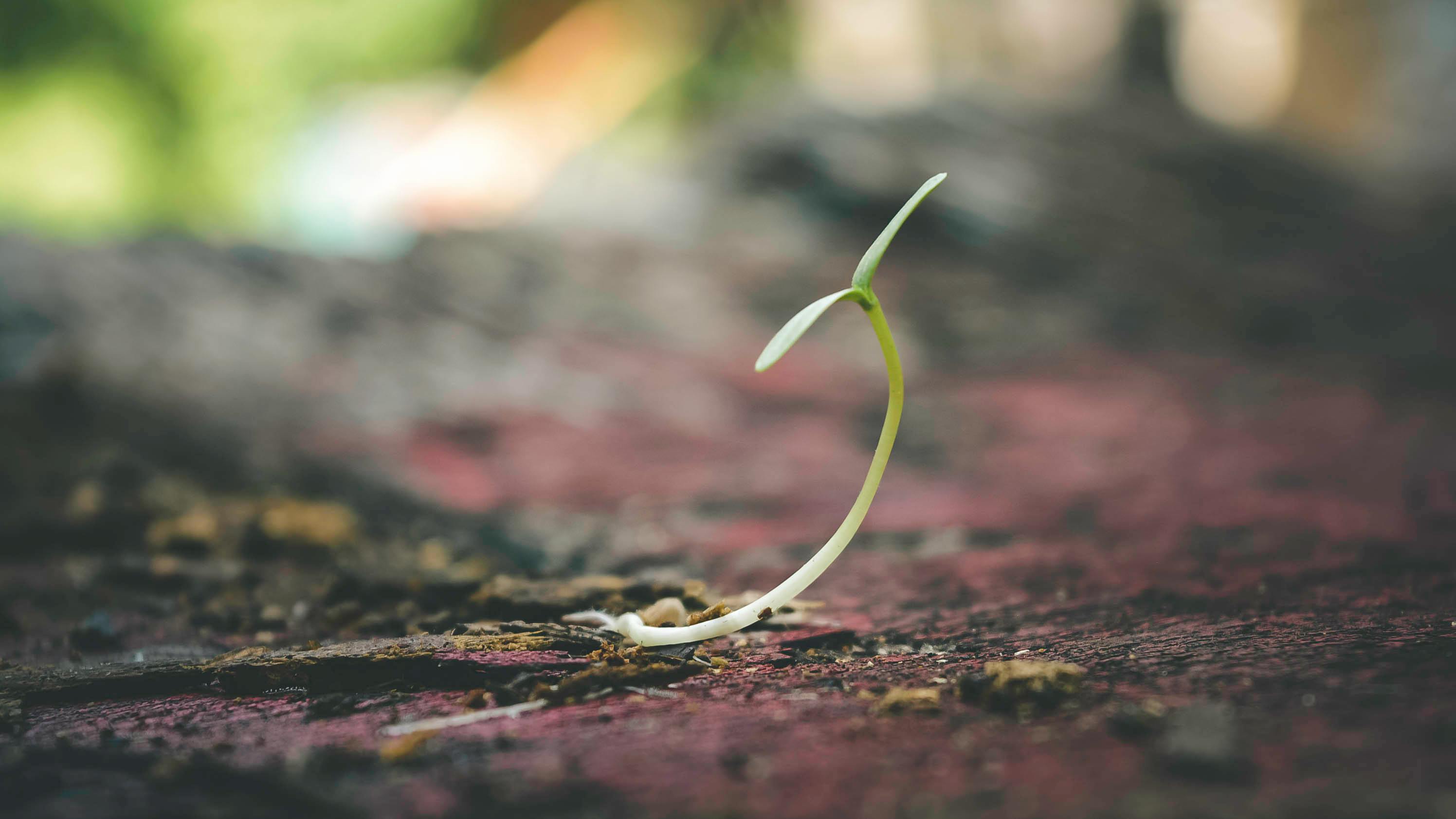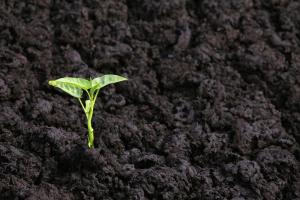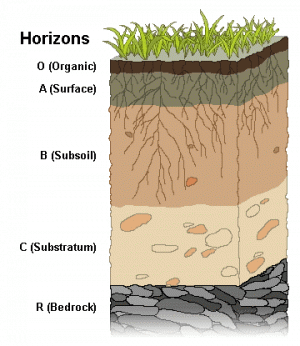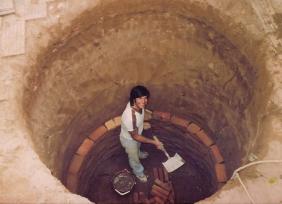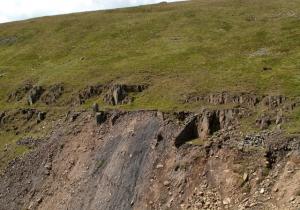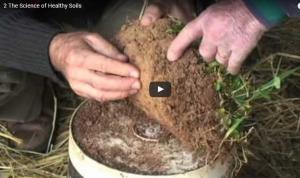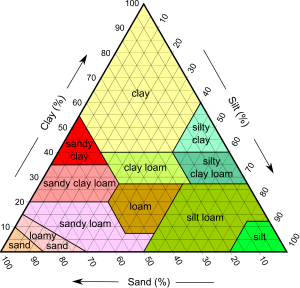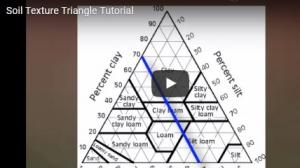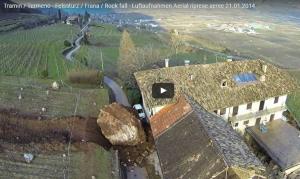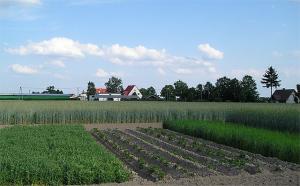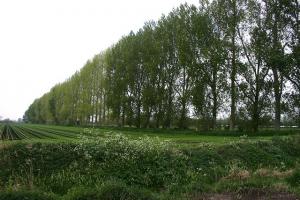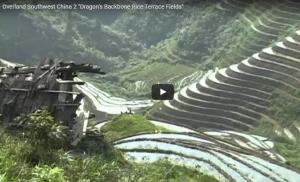Soil
Section 1: Sediment into Soil
Daily Dose of Destruction
In this section, we are going to be learning how all of this weathered sediment ends up becoming soil. Soil is defined as a mixture of weathered rock, organic matter, mineral fragments, water, and air. To a geologist, dirt doesn't exist. Think to yourself what would be the difference between soil and dirt. There are many things that affect the process of soil formation: climate, types of rock, slope, amount of moisture, and time. Soil contains rodents, insects, worms, algae, fungi, bacteria, and decaying material. In fact, there is about a 50/50 split between the amount of organic and inorganic material in the soil. Having a 50/50 split also makes the soil fertile and easy to maintain plant life.
As organic material decays, it changes into dark-colored matter that we call humus. Humus is a great source of nutrients for plants. Humus provides nitrogen, phosphorus, sulfur, and potassium, all of which help with very fertile soil and creates great soil structure.
Soil takes many many years to form naturally. Soil contains spaces that get filled with air and water which helps promote plant growth.
Soil tends to form in layers and we call these soil layers. The soil profile of each layer is called a soil horizon. If you were to dig a deep hole in the ground you should see part or all of a soil profile. You would notice that the top layer of soil, we call this topsoil, contains most of the humus, smaller rocks, and mineral particles. This layer is usually darker than the layers below. We call the top layer Horizon A.
As you get to horizon B or the second layer you will see a color transition from dark to lighter colors. Horizon B is where you would find some of the plant roots, minerals, and sediment that were washed down from horizon A.
Horizon C is the bottom layer of a soil profile. You get some material that was leached (washed down) from horizons A and B. In this horizon, you would find larger rocks and gravel. Below horizon C is solid or broken-up rock which we call the bedrock.
Soil types depend on how much sand, silt, clay, and organic material it contains. Different types of soil are found in different areas. Digging a ditch by hand in most places in Arizona is very difficult because we live in the Rocky Mountains. They are not called the Rocky Mountains for anything. The Rocky Mountains are relatively young mountains and have had the time to naturally build great rich soil. However, if you live in other places that are much older and have had a much longer time to build soil you can have soil that is very deep. Below is a photo that demonstrates this. Here is a man that lives about 100 miles east of the Andes Mountains. Notice the lack of rock. He dug this entire hole in under 8 hours with a shovel. It was quite impressive.
Climate affects soil formation. In dry climates, there is little organic material to mix in with the sediment. You have less precipitation which means less leaching. If you were to walk in the Great Plains the area is semi-dry, so plants that need a lot of water don't naturally grow there.
The slope of an area affects soil formation as well. Steep slopes are going to mean that the soil profile is poorly developed. South-facing slopes are going to have different soil than north-facing slopes, because, depending on which hemisphere you live in, the southern slope, in the northern hemisphere, will be facing the sun and therefore soil may form faster than on the northern slope.
Texture and composition are important to the fertility of the soil. Permeable soil allows water to flow through it easily. The more permeable the soil, the faster the rate of flow there will be. Sandy soil is the most permeable soil because of the larger-sized grains. Silt is in the middle, and then clay is the least permeable. We call the spaces between the sediment particle's pores. Soil porosity is determined by how much pore space there is. The larger the spaces found in the soil, the more permeable it will be. Clayey soils contain small spaces and hold water for a much longer time and are the least permeable. Permeable sandy soil allows for the water to drain quickly. Loamy soil contains a mixture of clay, sand, and silt. We call this type of soil, loam.
In the following video, these soil engineers show the importance and how to build healthy soil.
To determine soil types, scientists have created what is known as the soil pyramid. By finding out what percent of sand, silt, and clay soil you can use the pyramid to discover what type of soil is present. There is also a YouTube video that will demonstrate how to use a soil pyramid.
The pH level of the soil is another aspect of understanding what "good" soil is. Some plants like acidic soil, some like basic soil, and some like neutral soil. Most plants like neutral soil, a pH level of 6.5-7.0. Plants like blueberries like their soil in the 4.0-6.0 acidic range. Plums on the other hand prefer soil at about a neutral level but can take up to an 8.0, a little basic/alkaline.
This is a link to common plants and their ideal pH levels.
Below is an activity to see if you can figure out what type of soil you have and its pH level.
If you are a student at Snowflake, Holbrook or Heber click here to access the SUSD5 Student version of the Soil Type and pH level of the soil.
You can purchase this soil activity at Teacher Pay Teachers for $1.25.
Section 2: Protecting our Soil
Daily Dose of Destruction
Just before we move on out of this lesson on soil, it should be important to note that soil is NOT a renewable resource. It takes too long for nature to make soil. Humans can make it and this helps, but learning soil conservation techniques will preserve soil for years to come. When humans remove vegetation through deforestation or through over plowing soil can be damaged and eroded away. Using pesticides and chemicals can contaminate the soil and make it less likely to produce.
In order to help the soil, people can add organic material to fertilize the soil. Crop rotation is another technique to conserve the soil. Certain plants take nutrients out of the soil, and if you continue to plant those same types of plants in the same location, it isn't long before your soil lacks the nutrients your crop needs. So you may plant corn in one location and then plant it in another during the following year and in the previous plot plant a crop that can replenish the nutrients lost.
Windbreaks are great in that they keep wind erosion down by slowing the wind.
Contour planting is a technique used to grow crops on the sides of hills. Contour planting keeps water from removing the soil by slowing its flow down. In this next video, you will see some amazing footage of the contour planting of rice in China.










